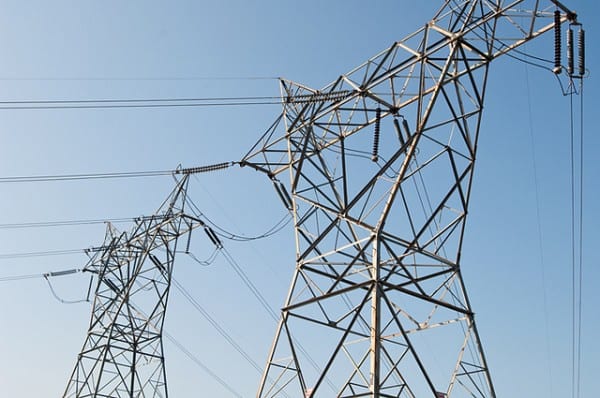The Victorian Labor government has announced the creation of a new body to manage the “critical” next phase of the state’s transition to 50 per cent renewables by 2030 – the modernisation of its outdated and coal-based electricity grid.
State energy minister Lily D’Ambrosio said on Wednesday that the new body, called VigGrid, would be charged with managing the suite of network investments required to accommodate the gigawatts of big solar and wind already installed and at various stages of development on the grid, and the gigawatts more to come.
“Since June last year, we have connected 1.6GW of large-scale renewables – more than any other state in Australia,” D’Ambrosio told the Generation 2.0 conference. “But we are now entering a critical phase of the energy transition.
“Our grid was designed last century to transmit power from our coal-fired generators in the Latrobe Valley.
“We need to strengthen connections to the grid in the areas of the greatest renewable energy potential and accommodate the increasing share of non-synchronous generation.”
D’Ambrosio said some of these immediate investments could potentially include synchronous condensers, upgraded transmission lines, and real-time monitoring and management of network performance.
“The Directions Paper will seek stakeholder views on these investments, as well as an investment framework for
priority projects,” she said.
The Victoria government has already side-stepped the slow regulatory regime and commissioned the 300MW/450MWh Victoria big battery that is currently under construction near Geelong.
The Victoria government has been working closely with the Australian Energy Market Operator to map a pathway to 50% renewables for the state, which has led to the identification of six new renewable energy zones, or REZs.
AEMO, which has additional responsibilities in Victoria due to its status as a Declared Shared Network, has estimated that Victoria will need at least 5.4GW of additional large-scale projects and distributed energy resources investment to meet its 2030 renewable energy target.
And rather than try to knock this into a network built a generation ago around a handful of coal-fired power plants, AEMO has also developed a Transmission Roadmap for the state detailing a $3.5 billion suite of network development projects to accommodate the REZs.
D’Ambrosio said on Wednesday that the establishment of a separate body to manage and prioritise these network investments was part of a “first, important step” toward a modern renewable grid.
At this stage, the precise scope and function of VicGrid remains under development – the government will seek stakeholder feedback via a soon to be released Renewable Energy Zone Development Directions Paper.
But D’Ambrosio did confirm that one of the body’s key roles would be to work closely with local communities and Traditional Owners to ensure they benefitted from the development of REZs.
“Our plan will deliver investment for regional Victoria, and we aim to build the social licence before proceeding,” the minister said.
This is a deceptively crucial role, with plans for major new transmission pathways – proposed to support major new renewable energy projects – becoming the latest targets of disgruntled locals and NIMBYs, concerned about the impact of these massive projects on the surrounding environment and amenity.
A key battlefront is already developing in Tasmania, where new transmission lines are being proposed to accommodate both new wind energy projects and as part of an essential upgrade to the grid ahead of the planned addition of a second undersea cable between Tasmania and the mainland, the Marinus Link.
A similar fight is brewing in New South Wales, where the state branch of the National Parks Association has just this week expressed “outrage” over plans to build overhead transmission infrastructure through the Kosciuszko National Park to support the Snowy 2.0 project.
Back in Victoria, D’Ambrosio said the REZ development Discussions Paper would also seek industry and community feedback on a range of “immediate” network investments, including those aimed at reducing existing constraints that have delayed the commissioning of completed wind and solar farms and limited the output of already operational projects.
Following feedback, D’Ambrosio said the government would further assess priorities for investment and release details of projects for immediate funding in May 2021, followed by the release of a broader REZ implementation plan in July 2021.
That broader plan would establish and outline the work agenda of VicGrid; set out the framework for determining future investment and government funding in REZ Development Plan projects; outline the ongoing process for delivering and updating the REZ Development Plan; and lay out the government’s broader approach to developing Victorian REZs.
“It is an ambitious plan on an accelerated timeline, but we have no time to waste,” D’Ambrosio said.










